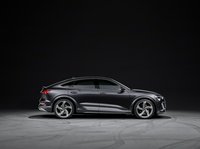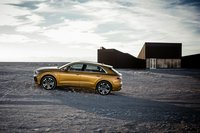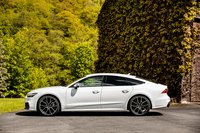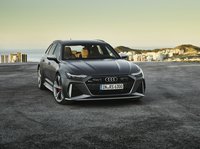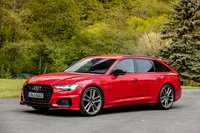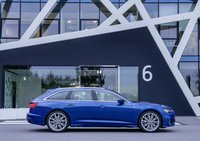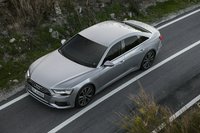Audi Showcases Its Chassis Design Prowess: Adaptive Air Suspension, Dynamic All-Wheel Steering, & Active Anti-Roll Bar, etc.
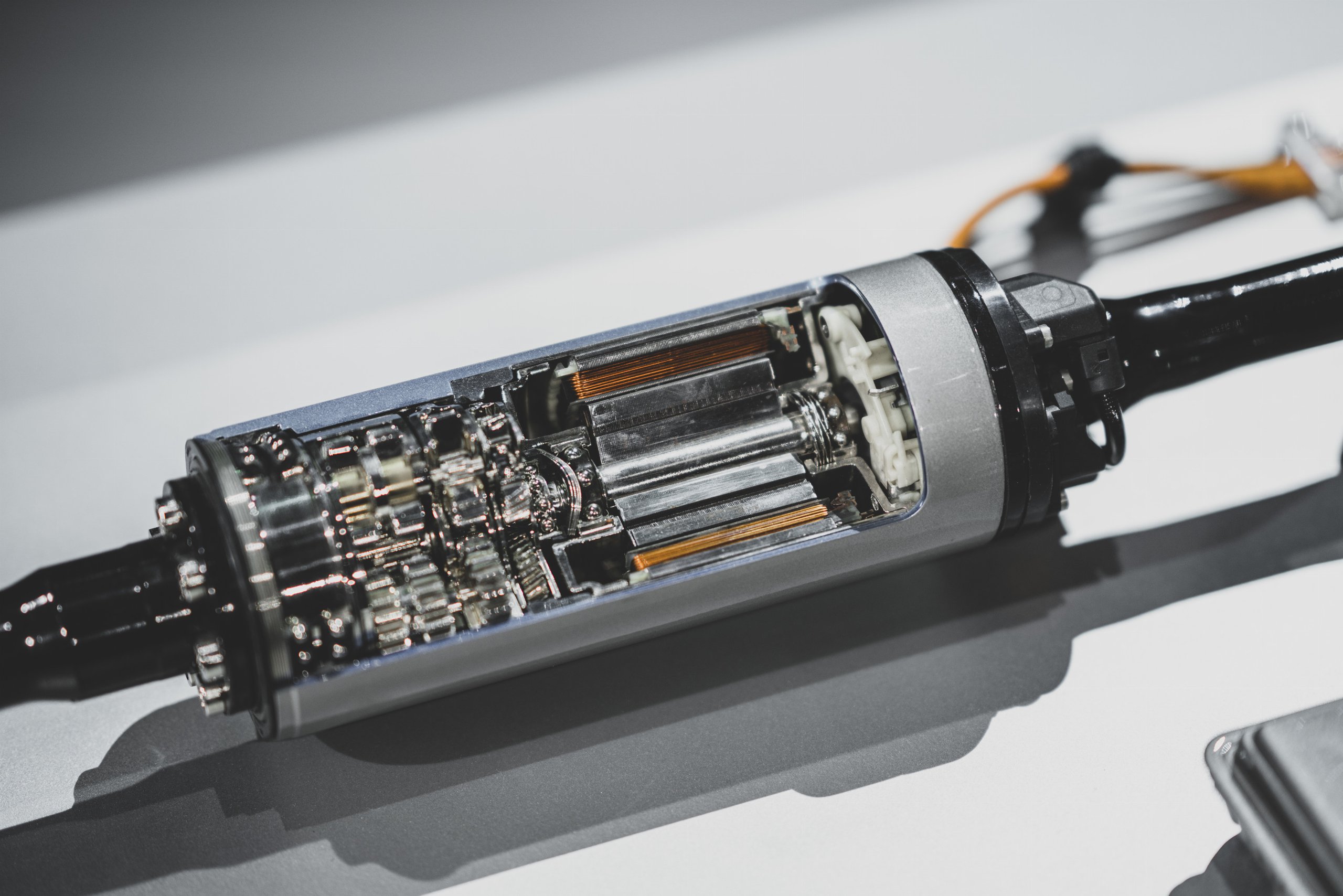
Audi has long touted its engineering prowess, perhaps most indelibly of its integration of permenant symmetric all-wheel drive system, quattro. In recent years, Audi has incorporated a range of advanced chassis technologies built around all-wheel drive and, as the industry embraces electrification, electric propulsion.
Adaptive Air Suspension
In vehicles equipped with adaptive air suspension (D5 A8), a fully active, electromechanically operated suspension system monitors and controls each wheel individually. Per wheel, an electric motor is powered by the 48-volt primary electrical system.

Audi's adaptive air suspension in the D5 A8 features per-wheel control
The control signals for the active suspension are sent by the Electronic Chassis Platform (ECP) every five milliseconds. A belt drive and compact strain wave gearing convert the torque of the electric motor to 1100 Nm and transfer it to a steel torque tube. From the end of the torsion bar, the force reaches the chassis via a lever and a coupling rod.
At the front axle, it acts on the air spring strut of the adaptive air suspension: at the rear axle, on the transverse control arm.

Adaptive air suspension in Audi A8 at the front axle
This system is able to actively control the position of the body in any driving situation. Due to the flexibility of the active suspension, driving characteristics are considerably expanded: It can be both sportier and more comfortable, depending on drive mode than conventional suspensions, including air suspensions, are able to achieve.
Dynamic All-Wheel Steering
Audi's Dynamic All-wheel Steering (DAS) system combines a rear-axle steering system with a regular front-axle steering system. It combines speed-dependent progressive steering featuring a variable steering ratio at the front axle with a rear-wheel steering system, coordinated between the axles by the ECP.
The rear axle, for instance, below 60 km/h, turns in the opposite direction by up to five degrees, which increases agility and handling in urban traffic, reducing the turning circle by around 1m. Above 60 km/h, the DAS steers by up to two degrees in parallel to the front axle, which enhances straight-line stability. DAS characteristics can also be adjusted via drive mode select.

Audi's Dyanmic All-wheel Steering (DAS) system is speed sensitive and can be adjusted via drive modes
This added flexibility allows vehicles equipped with DAS to enjoy both direct, sporty steering response and high-speed stability.
Active Anti-Roll Bar
High-end Audi crossover models (SQ7, SQ8) also feature electromechanical Active Roll Stabilization (eAWS): On each axle, between the two havles of the stabilizers is a compact electric motor with a three-stage planetary gear set.

Heart of the Audi's electromechanical Active Roll Stabilization (eAWS) system
When driving straight ahead, the suspension control ensures that both halves of the stabilizer act largely independently of each other, reducing the sprung mass vibrations on uneven roads, thus increasing ride comfort.
During fast cornering, however, the halves of the stabilizer act as a unit and are twisted in opposite directions by the transmission of the electric motor, reducing the roll angle is significantly. A centrifugal force with a moment of up to 1200 Nm is generated in this effort.

Audi's eAWS in-situ at the front axle in front of the steering system
As a result of these dual characteristics, these large crossovers / SUVs are able to deliver high lateral dynamics capabilities while improving ride comfort.
Integrated Brake Control System (iBRS)
Audi's iBRS contributes up to 30% of the range of the e-tron model. Including two electric motors and the hydraulically integrated braking system, it is the first to combine three different types of recuperation: manual overrun recuperation using paddle shifters, automatic overrun recuperation using the predictive efficiency assistant, and brake recuperation with a smooth transition between electric and hydraulic deceleration.

Audi's iBRS system eliminates perceivable transition from regeneration to mechanical braking
Audi is the first manufacturer to use a new electrohydraulic actuation system, virtually eliminating perceivable transition between electrical brake recuperation and mechanical braking.
By disconnecting the brake pedal from the hydraulic system, this "brake blending" results in an effectively variable pedal feel with a clearly defined, constant pressure point, just like in a vehicle with a conventional internal combustion engine and hydraulic wheel brakes.
Article Gallery
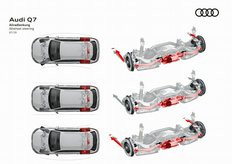
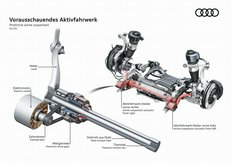
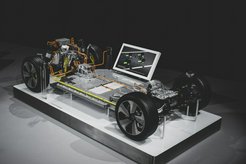
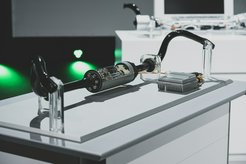
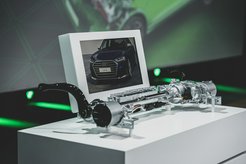
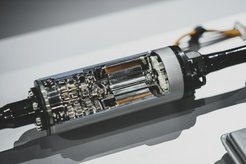
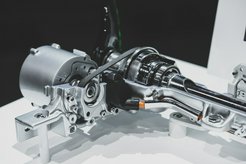
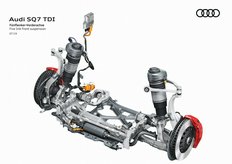
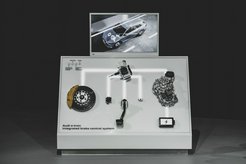
Related Products
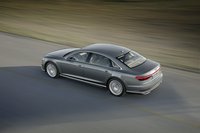
- Tremendous torque from the 60 TDI and 60 TFSI
- Good 0.26 drag coefficient
- 60 TFSI e with low fuel consumption rating for those who don't like paying taxes
· 75% ·
